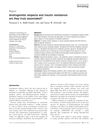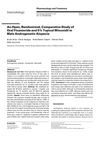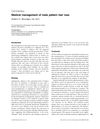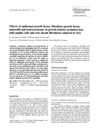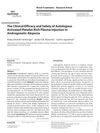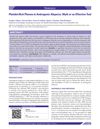Platelet-Rich Plasma Injection Is Effective and Safe for the Treatment of Alopecia
March 2013
in “
European Journal of Plastic Surgery
”

TLDR Injecting platelet-rich plasma is a safe and effective way to treat hair loss.
In a study conducted from October 2009 to October 2010, 42 patients with hair loss or androgenic alopecia were treated with platelet-rich plasma (PRP) injections. The treatment was repeated five times over a period of 2 months. Before treatment, 90.5% of the patients had a positive pull test with an average of eight hairs. After the third session, the pull test was negative in all patients with an average of three hairs. The results showed a significant improvement in hair volume and quality, confirmed by high overall patient satisfaction. The treatment was more effective in patients who had alopecia for less than 2 years. However, poorer results were found in patients with marked alopecia type VI–VII according to the Norwood classification in men. The study concluded that PRP injections are simple, efficient, have minimal morbidity with a low cost-to-benefit ratio, and can be considered a valuable alternative for the treatment of alopecia.

